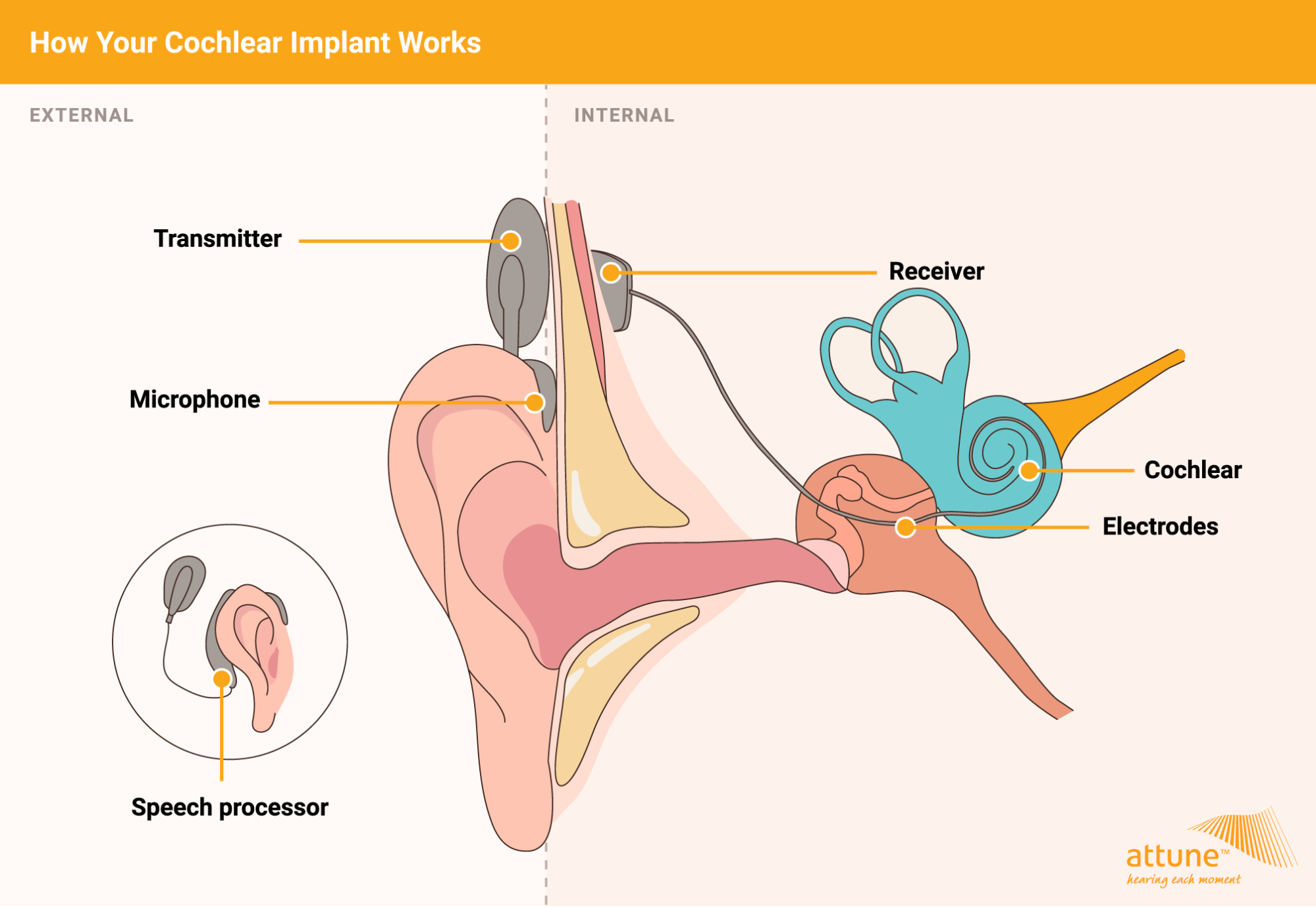5 Medical Treatments for Hearing Loss

Did you know that one in six Australians suffers from hearing loss? And for one in three of those people, the hearing loss could’ve been prevented.
Although hearing loss may not always be reversible, some treatments (both at-home and medically) can help.
Today we will be discussing five different medical treatments and how they can help restore your hearing.
Common Medical Treatments for Hearing Loss
1. Wax drops
More often than not, people experience temporary hearing loss due to a build-up of ear wax in their ears. If you have visited your GP and they’ve seen your ear is full of wax, some over the counter remedies are available to remove the ear wax gently.
Wax drops containing hydrogen peroxide or natural oils, such as squalene, mineral oil and spearmint oil, have been shown to remove and dissolve ear wax.
Administering the drops for two to three days may help soften the wax and clear the ear canal. The best time to use the drops is at night before going to sleep. If the ear remains blocked and hearing loss is still present, your GP will have to remove the wax using an ear syringe.
2. Antibiotics
If you have developed hearing loss due to an ear infection or inflammation, antibiotic ear drops can help.
The use of antibiotic or steroid drops can effectively treat the infection, reduce inflammation, and reverse the temporary hearing loss. There is a range of different types of ear infections, including
- Otitis externa (swimmer’s ear)
- Otitis media (middle ear infection caused by a cold or respiratory infection)
And more.

3. Nasal spray
The use of nasal sprays that are saltwater (saline) or steroid-based can help reduce the pressure in the middle ear via the eustachian tube, which connects the ear and sinus.
If the eustachian tube has problems opening and closing or is blocked, it can make you feel fullness in the ear due to a build-up of pressure, which may cause temporary hearing loss. Nasal sprays can allow the eustachian tube to open and close freely, alleviating the hearing loss.
4. Antibiotics and grommets
Infections in the middle ear (otitis media) are known to cause hearing loss in children. Hearing loss becomes prevalent when there is a build-up of fluid and infection behind the eardrum that does not resolve independently. When this type of infection occurs, sound can no longer travel from the outer ear to the inner ear, causing muffled sounds and hearing loss.
There are two ways that the fluid can be removed from behind the eardrum; by taking antibiotics or inserting grommets.
Using oral antibiotics can help clear the infection by removing the fluid and reducing the hearing loss. However, if the fluid sticks in the ear, it’s known as glue ear and requires the middle ear to be drained to remove the fluid. Grommets (small ventilation tubes) are inserted into the eardrum to allow airflow into the middle ear, allowing the fluid to drain out. Hearing loss caused by the middle ear fluid can be immediately resolved with surgery.
The surgical procedure of grommets is not permanent as eventually, they fall out. The eardrum will naturally push the grommet out into the ear canal, closing the hole made by the grommet.

5. Cochlear implants
Cochlear implants are a popular way of medically treating profound hearing loss.
When deciding if cochlear implants are right for you, there are many things to consider. A person with profound hearing loss is considered for a cochlear implant when hearing aids provide little or no benefit to their hearing ability. The hearing loss needs to originate from the inner ear (cochlea) and be permanent (sensorineural hearing loss).
So, what is a cochlear implant made of, and how does it work for people with profound hearing loss?
- The internal implant is surgically placed under the skin and into the inner ear.
- The external processor sits on the outside of the ear.
When surgically inserted, the cochlear implant replaces the function of the hearing organ (cochlea) in the inner ear and converts the sounds into electrical signals. This gives the brain new hearing information as the damaged inner ear is bypassed, and the hearing nerve is given precise electrical signals to send to the brain. Over time, the cochlear implant improves hearing and reduces the hearing loss that was present in the ear.
While the innovation of cochlear implants is revolutionary for those with hearing loss, it’s not a quick fix. Unlike getting a grommet, the ability to hear is not instant.
Whether you have temporary hearing loss due to an ear infection or profound hearing loss, there are always ways to help reduce the hearing loss.
If you think you may be suffering from hearing loss but aren’t sure of the cause, book a comprehensive hearing test with your trusted local audiologist at Attune Hearing. We will go through the results in detail and provide you with a solution that suits your needs.
You can book an appointment online or call us on 1300 736 702.